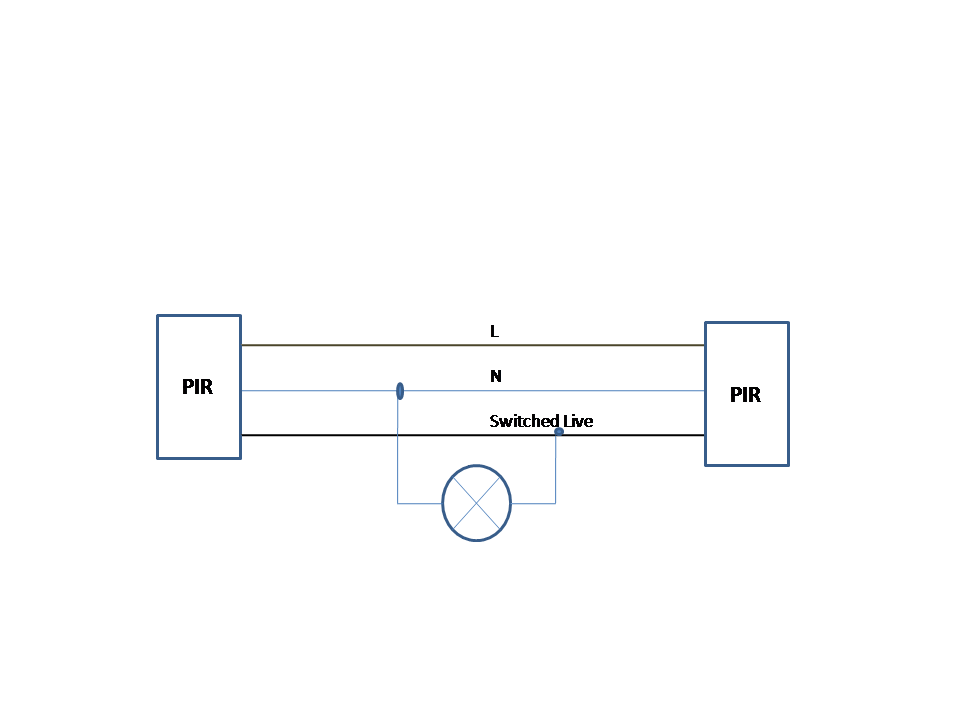Hi all,
I have a PIR that switches on the lights to my property when someone comes through the gate. It is great because I have awkward steps that are dangerous in the dark and so it powers several lights at strategic points.
My problem is that I would like to have the same lights come on when someone exits my front door but I cannot get the two PIRs to work without creating a loop that by-passes the others timer and so they stay on for varying lengths of time. Someone suggested that I fit a relay but I haven't a clue what they mean. Can someone on here please give the right advice?
With thanks, Chris
I have a PIR that switches on the lights to my property when someone comes through the gate. It is great because I have awkward steps that are dangerous in the dark and so it powers several lights at strategic points.
My problem is that I would like to have the same lights come on when someone exits my front door but I cannot get the two PIRs to work without creating a loop that by-passes the others timer and so they stay on for varying lengths of time. Someone suggested that I fit a relay but I haven't a clue what they mean. Can someone on here please give the right advice?
With thanks, Chris



